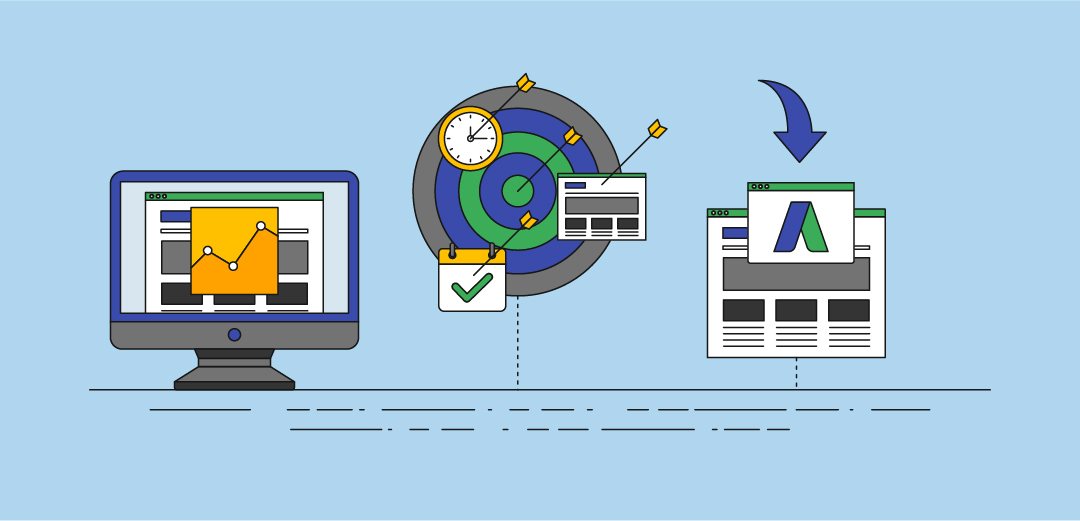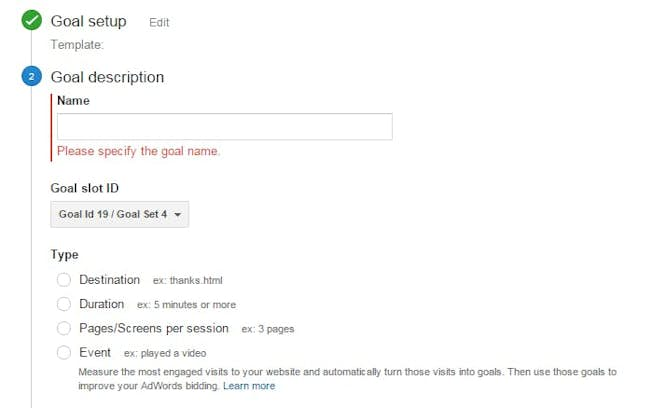What Data Is Google Analytics Goals Unable to Track and Why
What Data Is Google Analytics Goals Unable to Track and Why
Blog Article
Discover the Limitations of Google Analytics Goals: Introducing the Information Kind That Remain Untrackable
As businesses progressively rely on data-driven decision-making, understanding the limitations of devices like Google Analytics comes to be vital. While Google Analytics Goals offer useful insights into customer interactions, there exist information kinds that avoid tracking, presenting obstacles to a detailed understanding of user habits.
Incomplete Customer Journey Tracking
Insufficient individual trip tracking within Google Analytics can prevent the ability to properly examine user habits. When the user trip is not fully tracked, there are spaces in the data that stop an extensive understanding of just how customers engage with a website. This absence of insight can cause missed chances for optimization and renovations to the user experience.
One common concern with incomplete individual trip monitoring is the inability to see the full course that customers take before finishing an objective or leaving the site. Without this details, it is challenging to identify where individuals might be experiencing barriers or friction points that stop them from transforming. Additionally, incomplete tracking can obscure the effect of certain advertising initiatives or web site modifications on customer habits.
To resolve this limitation, it is important to establish proper monitoring mechanisms within Google Analytics to capture the whole customer journey. This may entail establishing occasion monitoring, goal funnels, or utilizing tools like Google Tag Manager to guarantee that no important communications go unrecorded. By getting a comprehensive view of the individual trip, web site proprietors can make more informed decisions to improve individual interaction and drive conversions.
Acknowledgment Difficulties
Browsing through acknowledgment obstacles in Google Analytics needs a comprehensive understanding of just how different touchpoints contribute to the general conversion process. Attribution challenges occur from the complexity of modern consumer trips, where users interact with numerous networks before converting. Google Analytics supplies different attribution versions like initial touch, last touch, and linear, each offering a various viewpoint on exactly how credit report is appointed to touchpoints along the conversion path. Nonetheless, these designs might not always precisely reflect real effect of each touchpoint on the conversion.
One usual acknowledgment obstacle is the difficulty in connecting conversions to the correct source, particularly in situations where customers interact with numerous networks prior to converting. Furthermore, cross-device monitoring presents an additional attribution challenge, as customers often change in between gadgets throughout their trip, making it challenging to track their communications flawlessly.
Offline Conversions
Offered the obstacles connected with attributing conversions properly in online channels, the measurement of offline conversions offers a significant chance for marketers looking for a much more thorough understanding of their consumers' journey. Offline conversions describe activities that customers absorb the physical globe, such as making purchases in brick-and-mortar stores or over the phone, participating in occasions, or engaging with printed materials - what data is google analytics goals unable to track. These conversions are crucial for services that run both online and offline, as they offer beneficial insights right into the efficiency of advertising projects throughout various touchpoints
Tracking offline great post to read conversions generally postured a considerable challenge for online marketers, as it was challenging to connect these activities back to certain on the internet interactions accurately. With developments in technology, such as the integration of CRM systems, distinct identifiers, and promo code codes, businesses can currently link the gap between online and offline data to get a more alternative sight of consumer habits. By properly determining offline conversions, marketing professionals can enhance their approaches, assign resources a lot more efficiently, and eventually boost the overall client experience.
Cross-Device Tracking
Cross-device tracking plays an important duty in understanding the interconnected nature of customers' digital communications across several tools. In today's omnichannel world, where customers seamlessly switch in between desktop computers, smart devices, and tablets, tracking their navigate to these guys habits across these devices is vital for marketers to gain an extensive view of their customer trip.

In addition, privacy issues and policies such as GDPR and CCPA have further difficult cross-device monitoring. With customers requiring even more control over their information and raised restrictions on monitoring innovations, marketing professionals should locate privacy-compliant and ingenious methods to connect user interactions across devices.
Dynamic Web Content Involvement
Understanding customer interaction with dynamic content is pivotal in optimizing electronic advertising and marketing approaches for enhanced target market communication. Dynamic material refers to site elements that alter based upon customer habits, choices, or other elements, offering a tailored experience. Tracking user interactions with vibrant material presents difficulties for standard analytics tools like Google Analytics.
While Google Analytics can track standard communications like clicks and page views, it might have a hard time to capture even more nuanced involvements within vibrant web content. what data is google analytics goals unable to track. Metrics such as time invested in certain vibrant components, hover actions, or communications within pop-ups are typically not easily quantifiable making use of conventional tracking approaches. This constraint impedes marketers' capability to fully comprehend exactly how customers are engaging with vibrant material and customize their techniques accordingly

Conclusion
Finally, Google Analytics goals have constraints in tracking incomplete customer journeys, associating conversions properly, catching offline conversions, tracking cross-device communications, and determining dynamic web content interaction. These constraints highlight the value of checking out extra monitoring methods and devices to get an extra extensive understanding of user behavior and conversions beyond what Google Analytics can provide.
While Google Analytics Goals deal important understandings into customer communications, there exist information kinds that thwart tracking, presenting challenges to a comprehensive understanding of user actions.Insufficient individual journey monitoring within Google Analytics can impede the capability to precisely examine user habits. browse around this site When the individual journey is not totally tracked, there are voids in the information that protect against an extensive understanding of just how individuals communicate with an internet site.One usual issue with incomplete individual trip monitoring is the inability to see the complete course that users take in the past finishing a goal or leaving the website. By getting a detailed view of the customer journey, website proprietors can make more enlightened decisions to improve customer involvement and drive conversions.
Report this page